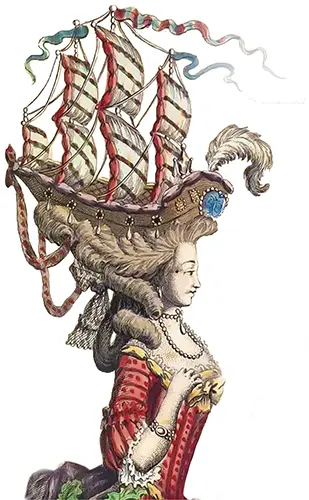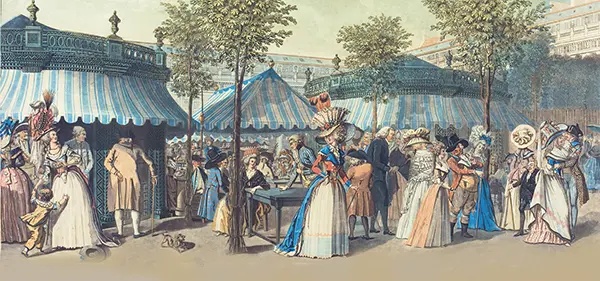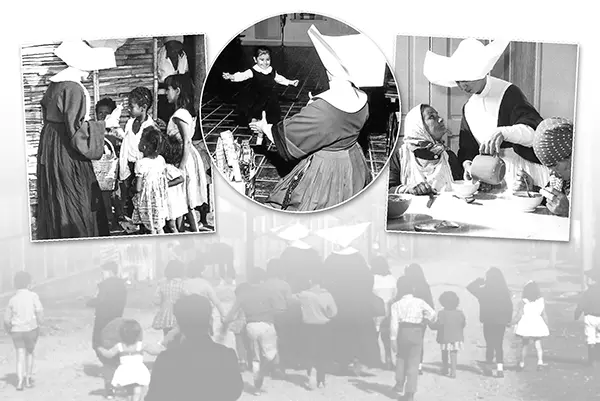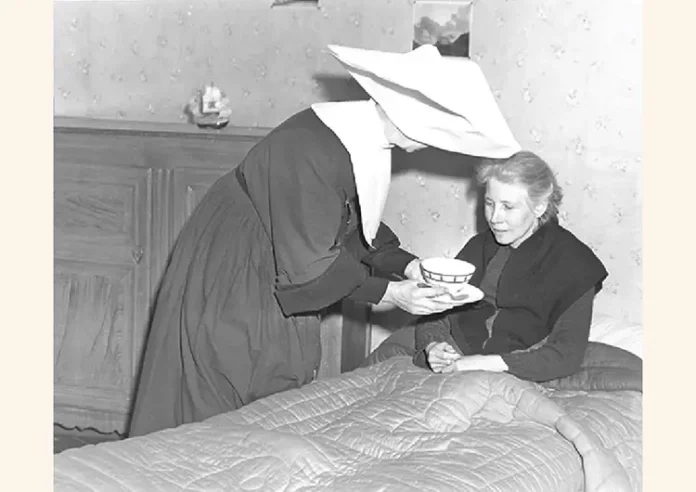The Ancien Régime – as the political and social system in France during the period immediately preceding the Revolution of 1789 came to be known – was a complex era. In it, all the tradition forged over the centuries by Christian Civilization often coexisted with the worst foolishness stemming from the already explosive outburst of passions, born of the weakening of faith and the corruption of customs.
This conflict, manifest in social customs, was a reflection of the conflicts – no less violent and much more profound – that agitated souls at the time, and whose outcome, a few years later, would be the bloody convulsions of the Revolution. This is the only way to understand why, along with an unprecedented refinement in social dealings, we can find examples of extravagance in this historical era that not even the eccentricities of our days, in all their multiplicity of expressions, can surpass.
To mention just one, let us consider the role of Rose Bertin, a lady of modest means who, around 1774, became the official court hatmaker and climbed the social ladder due to her remarkable artistic abilities. It was this revolutionary fashion designer who was responsible for making the headdress that the reader sees in the first illustration in this article.

The extravagance is evident, even for the increasingly carnivalesque customs that have invaded today’s social life. The composition represents an enormous, swaying ship incredibly balanced on the head of the poor sovereign wearing it.
Not only the dimensions, but the very theme chosen – a French victory over the British Navy – is bound to shock, especially in the social trappings of a person of such noble status. Such a representation would be excessive even perched atop a wedding cake…

In the photo below, the reader contemplates St. Catherine Labouré dressed in the religious habit of the Daughters of Charity, an institute founded by St. Vincent de Paul. Nowadays, the cornette – the large headdress worn by these religious women – may seem unusual, but it immediately inspires affinity. In its whiteness, it seems to open up like the wings of a symbolic dove, or like a luminous halo of virginity concealing the seer of the apparitions of Our Lady of the Miraculous Medal. It is no wonder, then, that it is piously believed to this day that the holy founder intended to represent the wings of the Angels with the cornette…

This is truly a magnificent example of how the Church desires the grandeur of the religious vocation to shine, protecting her daughters while showing them as models of virtue: since their foundation in 1633, the Daughters of Charity adopted the beautiful cornette precisely as a mark of humility. In fact, St. Vincent de Paul wanted his spiritual daughters to dress like the middle and working class of the time, and the cornette was characteristic of the peasant women of that region, Île-de-France. Inspired by the wisdom of the Church, it was stylized by the nuns and, when it fell into disuse among the people, it became a distinctive sign of the Order.

Every feminine adornment is designed to emphasize the beauty of the wearer. Rose Bertin’s naval headdress, however, seems to be aimed simply at attracting attention. The more it shows itself, the more the extravagance eclipses the feminine dignity and personality of the wearer. On the contrary, in its radiant simplicity, the cornette of the Daughters of Charity represents true boldness made of humility, without baseness and enlivened by the exalted concept of faith of those who veil their natural charm under the holocaust of religious life. The more they hide themselves, the more the light of Christ radiates from their countenances, accentuating their true feminine dignity. ◊



A true witness to Christ – the wisdom of the Founders shown through the habits worn by the members of the Orders they founded. Likewise in our days we are blessed to see the habits of the Heralds of the Gospel in so many countries!